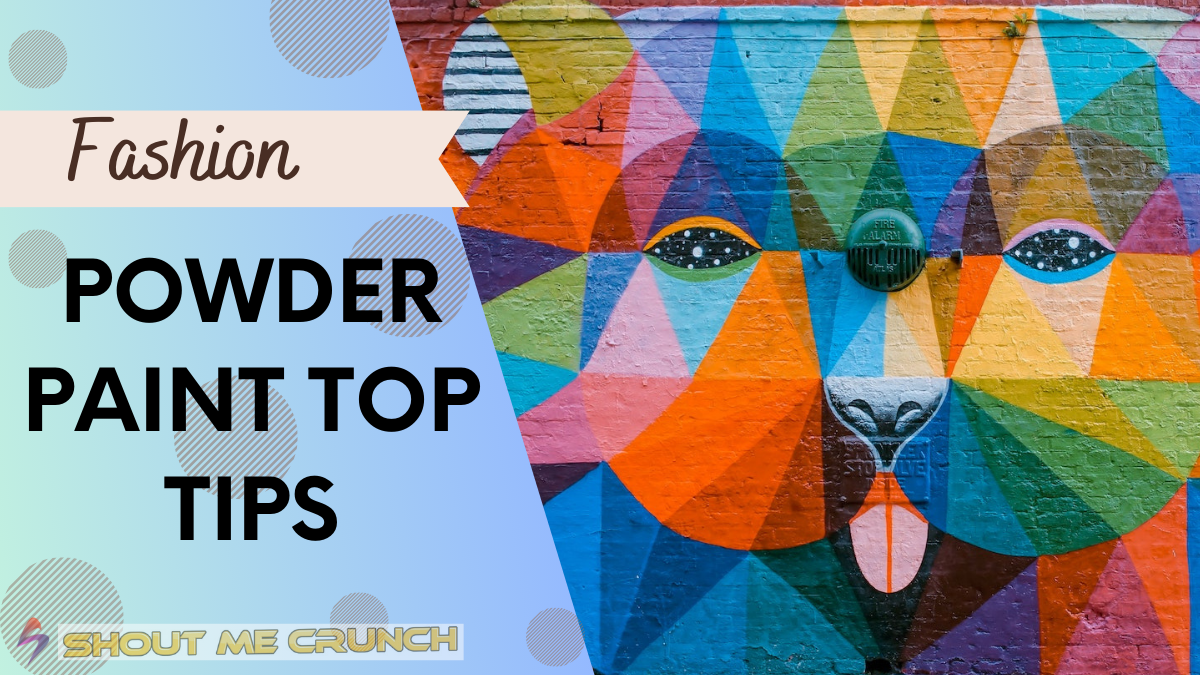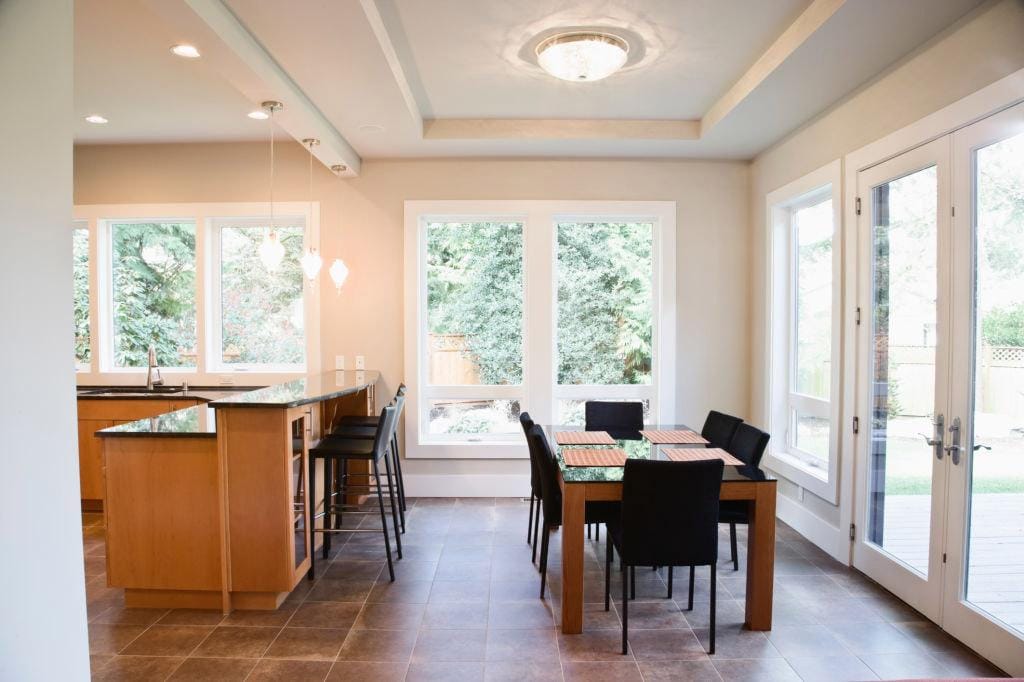Powder coating is a versatile and durable finishing technique that has gained immense popularity in various industries. The allure of powder painting lies in its ability to create stunning and long-lasting results. Whether you’re a DIY enthusiast or a professional, mastering the art of powder coating can be a game-changer for your projects. In this article, we’ll delve into the world of powder painting tips, providing you with tips and tricks to achieve impeccable results.
Mastering Powder Coating Techniques
Choosing the Right Equipment
Before we jump into the nitty-gritty of powder coating, it’s crucial to ensure you have the right equipment at your disposal. There are different types of powder paint available, each with unique characteristics. Epoxy, polyester, and hybrid powders are the most common options, and your choice should depend on the specific requirements of your project.
Equally important is selecting the right powder-coating gun. The gun’s design, electrical requirements, and ease of use can significantly impact the quality of your finish. When choosing a gun, consider factors such as the type of work you’ll be doing, your budget, and the gun’s ease of maintenance.
Surface Preparation
Achieving a perfect powder coat finish begins with thorough surface preparation. Regardless of how high-quality your powder is or how advanced your equipment is, poor surface preparation can result in subpar results.
Start by cleaning and degreasing the surface you intend to coat. Any contaminants like dust, oils, or old paint must be completely removed. Use solvents or a pressure washer to ensure a clean surface.
Sanding and abrasion techniques are crucial for creating a surface with good adhesion properties. A mild abrasive, such as sandpaper or a sanding wheel, can create a slightly rough texture that helps the powder adhere better. Ensure that you remove any loose or flaking paint before proceeding.
Powder Paint Perfection: Tips and Tricks for Stunning Results
Choosing the Optimal Powder Paint
One of the most critical factors in achieving great results with powder paint is selecting the suitable powder coating for your particular project. You need to match the powder to your material – metals, wood, and plastic all have specific powder formulations designed for them.
Pick one formulated for your substrate. Consider the finish you want – powders come in gloss, satin, matte, and textured. Choose the sheen you desire. Factor in durability needs – some powders are more rigid and UV/corrosion resistant. Option for these if your items will face high-wear conditions.
You can choose from many color options – pick a stock color or have a custom hue matched. Dark colors show imperfections more. Researching to select the ideal powder paint pays off with beautiful, long-lasting results later. Consult suppliers to pick the right one.

Preparing Surfaces is Crucial
Proper preparation of the surface to be powder-coated is crucial for good adhesion and a flawless finish. You must thoroughly clean surfaces of any oil, grease, rust, or dirt. Solvents or alkaline cleaners remove grime. Sanding provides roughness for the powder to cling to. Lightly abrade metals, wood, and plastic before coating. Mask off any areas you don’t want to be painted – tape off threads, moving parts, bonding surfaces.
For metal, etching is recommended to roughen the substrate and improve bonding chemically. Heating the material first helps release any gasses that could cause bubbles in the coating. Taking time to prep surfaces correctly sets you up for success with powder paint down the road.
Applying Powder Paint Skillfully
Your application technique significantly impacts the final powder-coated finish. Here are tips for flawless application: Hang or place items so all surfaces are easy to coat with powder evenly. Overlap edges. Keep the spray gun 6-8 inches back as you apply at a steady speed. Do light pass instead of one heavy coat? Prevent overspray by spraying powder precisely.
Shield nearby objects or remove them from the area. Apply thick enough to cover the material beneath wholly. Inspect for thin spots and gaps after coating. For efficiency, you should reclaim excess powder to reuse. Many systems have recycled features—heat to cure as soon as possible after applying powder paint.
Curing the Powder Paint Properly
The curing process sets and hardens the powder paint through heat activation. Here are the keys to proper curing: Gradually bring items up to the curing temperature – usually 300-400°F. Sudden high heat causes bubbles. Maintain the precise cure temperature for the full recommended time to set the powder completely.
Direct airflow in the oven helps the powder to flow as it cures smoothly. This technique prevents orange peel texture. Let items cool down slowly in the oven after curing to prevent cracking or adhesion loss from abrupt temperature drops. Test fixed pieces for hardness and bond strength.

Avoiding Common Powder Paint Flaws
When starting with powder coating, you can easily make small mistakes that ruin the finish. Here are common powder flaws and how to prevent them: Bubbling comes from contaminants or rapid curing. Properly prepare and heat gradually to avoid bubbles. Orange peel texture results from poor flow out when curing. Use air movement in the oven.
Runs and sags happen when too much powder is applied. Keep the proper application distance and speed. Blushing is a milky discoloration from moisture in the powder. Store in low humidity—loss of gloss results from over-curing. Don’t exceed the recommended bake times for glossy coats.

Caring for your Powder-Coated Pieces
While durable, powder-coated items still require proper care and maintenance. Gently clean with mild soap and a soft cloth to preserve the finish. Avoid harsh chemicals or scrubbing. Touch up minor damage like chips with sanding, cleaning, and matching powder paint. More extensive damage needs complete refinishing.
Inspect finishes yearly for the coating breakdown and address any issues found. Re-baking at the cure temperature returns the powder finish to like-new condition. Do this at the first sign of problems. Carefully spot-remove stains on powder coating using a solvent-dampened rag. Always test on an unseen spot first.
Curing the Powder Coat
After applying the powder, the next step is curing it. This involves exposing the coated item to controlled heat. Oven temperature and time are critical factors in this process. Consult the powder manufacturer’s recommendations for the ideal curing conditions.
Ensure that your oven reaches the recommended temperature and maintains it for the specified time. A proper cure will melt and flow the powder, resulting in a smooth and durable finish. Insufficient curing can lead to adhesion problems and reduced durability.
Customizing Your Finish
One of the exciting aspects of powder coating is the ability to customize your finish. Texture and finish options are varied and can be achieved by selecting the appropriate powder and application technique. For a unique touch, experiment with two-tone and multi-coat designs or opt for metallics and special effects like clear coats for added depth and shine.
Conclusion
Powder paint perfection is an achievable goal with the right knowledge and techniques. By choosing the right equipment, preparing surfaces meticulously, applying the powder skillfully, and following proper curing procedures, you can achieve stunning results. Remember that customization, maintenance, and continuous improvement are your allies in mastering the art of powder coating. Embrace the world of powder painting tips, and you’ll discover the satisfaction of turning your projects into masterpieces that stand the test of time.


